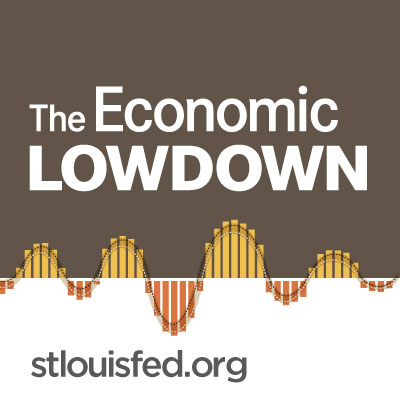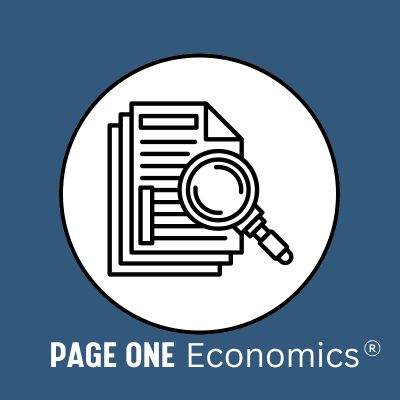Market Basket
Interpret the effects of inflation on consumers.
{{searchResultSnippet}}
 Back to All
Back to All

The inflation rate is decreasing, but prices continue to increase. What is going on? This video assignment covers disinflation and how it differs from deflation.
Disinflation, Explained! What is disinflation? Disinflation refers to a situation where there is a decrease in the inflation rate. During a period of disinflation, prices continue to rise, but at a slower rate. That is, the inflation rate is declining, but remains positive. As an example, if the inflation rate was 4% and that moves down to 2%, this is called disinflation. When inflation is running above a central bank's target, policymakers may tighten monetary policy to bring inflation back down, in essence, to generate disinflation. So disinflation can be compared to a runner who continues forward on their race, but slows down their pace. Sometimes disinflation gets confused with another term: deflation. Deflation is very different and refers to a situation where there is a sustained decline in the price level, reflecting declines in the prices of many goods and services. That is, the inflation rate is negative. If the economy goes from having a positive inflation rate to experiencing deflation, then there was a period of disinflation in the middle. With the recent increase in inflation, people have questions about types of inflation, trends, and more. Check out the Cleveland Fed’s Center for Inflation Research to better understand inflation and how it affects you and our economy.

Market Basket
Interpret the effects of inflation on consumers.

Infographic Posters
Browse infographics for your classroom.

Econ Lowdown Podcast Series
21 Economics audio assignments for your classroom

The Inflation Rate Is Falling, but Prices Are Not
Differeniate between inflation, disinflation, and deflation.

Calculate Your Lifetime Inflation Activity
Learn how to measure changes in inflation over a lifetime.

10 FRED Graph Activities in 10 Minutes
Learn about data through graphing activities.

What Is Inflation?
Learn what is and what is not inflation.

Why Should You Care About Inflation?
Explain how inflation affects consumers' incomes, spending, and wages.

Why Does the Fed Care about Inflation?
Explain what happens when inflation gets out of control.

Shrinkflation, Explained!
Introduce the term "shrinkflation".

Stagflation, Explained!
Introduce the term "stagflation".

Hyperinflation, Explained!
Introudce the term "hyperinflation"

Deflation, Explained!
Introduce the term "deflation".
{{resourceTitle}}
{{resourceBlurb}}